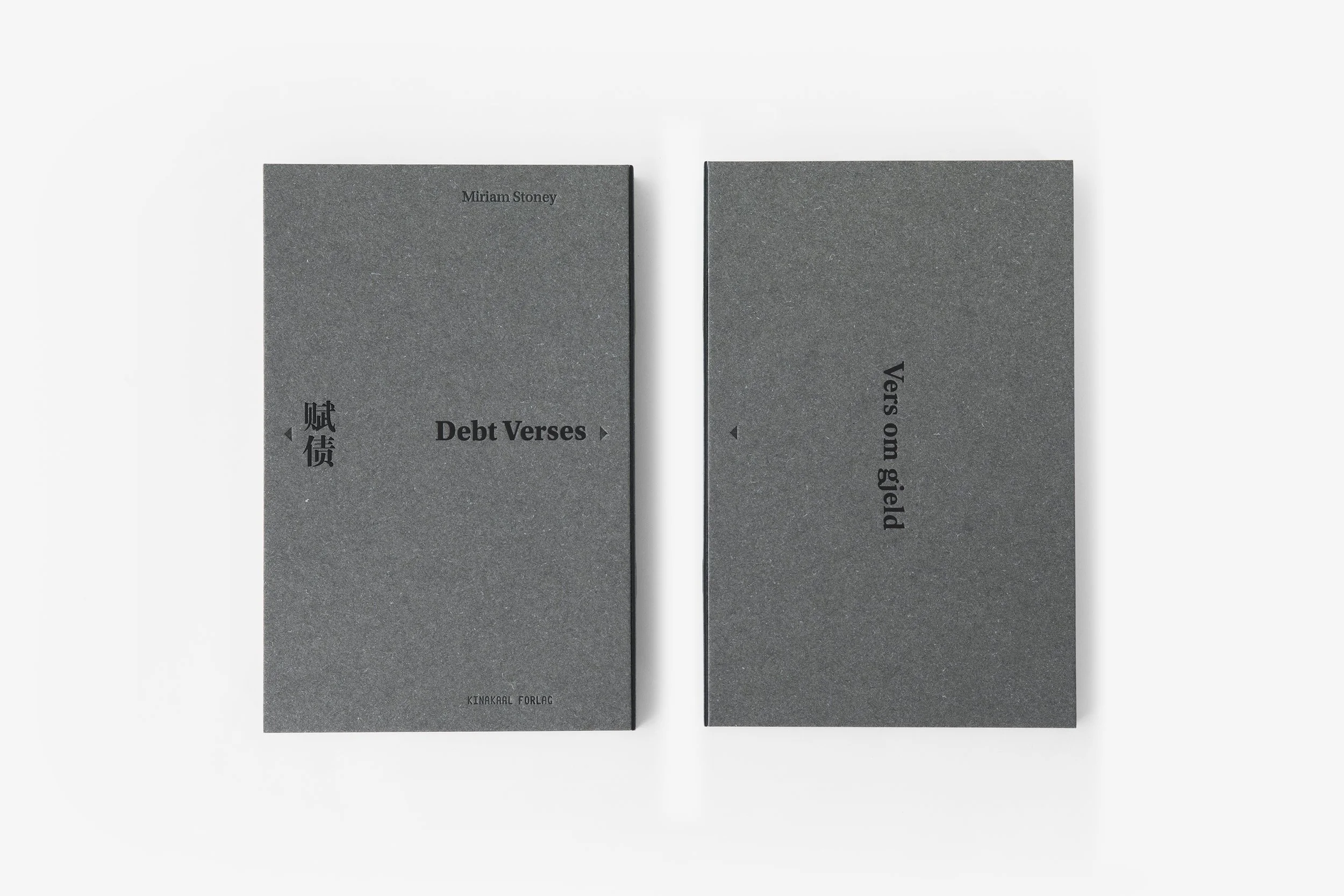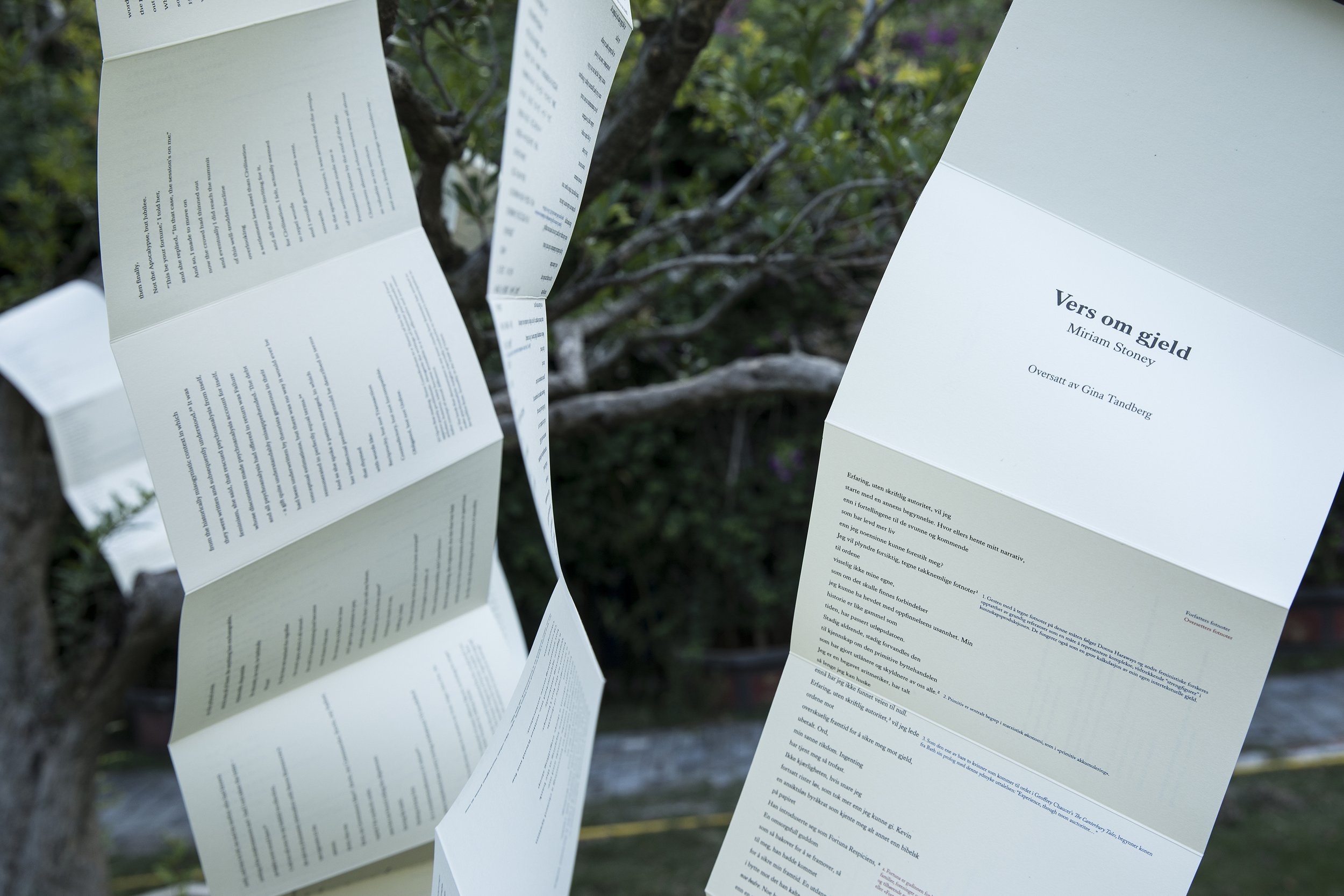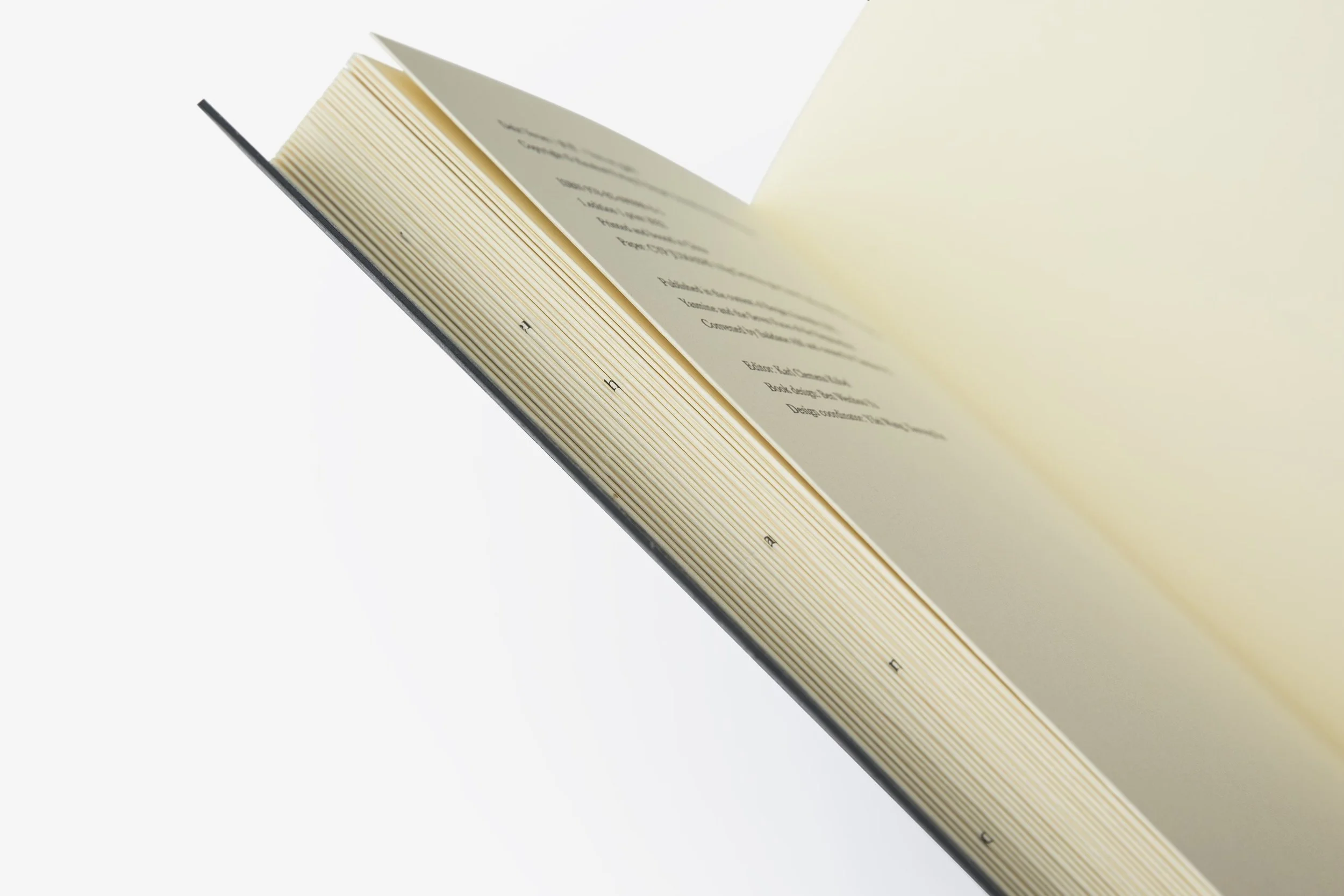Ours is a world in which debt is foundational: credit lines pay for housing, or in education systems pay for student loans. More positively, debt can be seen as an obligation, as the acts and deeds we owe one another to reinforce the social fabric. Miriam Stoney explores the many senses of debt in a new poem commissioned for the triennial art event Bergen Assembly 2022 - Yasmine and the Seven Faces of the Heptahedron.
Borrowing from ancient and contemporary narratives from around the world, as well as trivia, popular culture, and psychoanalytic and critical theory, Stoney’s poem explores the role of debt and indebtedness in its relational, monetary, moral, and creative dimensions. Written from the perspective of the Fortune Teller, the work tells the story of the articulations, (mis)understandings, and intuitions about debt. Stoney’s text explores how debt is a kind of curse (such as a fortune teller might issue), and how credit and debit are fundamental organising belief systems. After all, our relationships to the past, present, and future are formatted by debt—things we are owed, or things we owe others—and these often make the future a space of worry. Can debt, then, serve as a way of predicting the future?
Debt Verses is published in the form of a trilingual poetry book. Kinakaal forlag designed the book and inventively arrange the three languages, English (original), Chinese, and Norwegian, into one leporello bond book with two spines that close and open by magnets. Readers will be able to track down the language they prefer by following the arrows.




